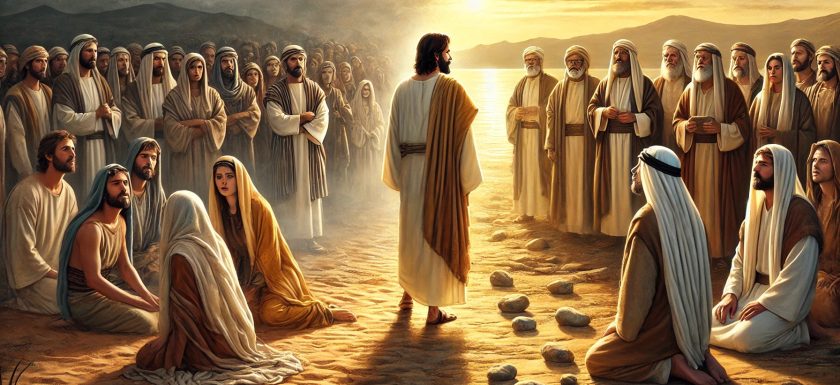I’m not the Wizard of Oz; come peek behind the curtain!
Preaching on the ‘big Sundays’—Christmas and Easter—can feel a lot like performing in front of an audience with high expectations. You see, when I first started preaching those Sundays over ten years ago, I got caught up in the pressure to deliver a sermon that would be unforgettable. I wanted to make sure the message resonated deeply with everyone, no matter how often they came to church. But let me tell you, that pressure can be a bit overwhelming. The tricky part about preaching on these special days is understanding the diversity of the congregation. It’s not just the regular folks who come every Sunday.Read More →






